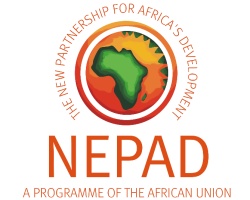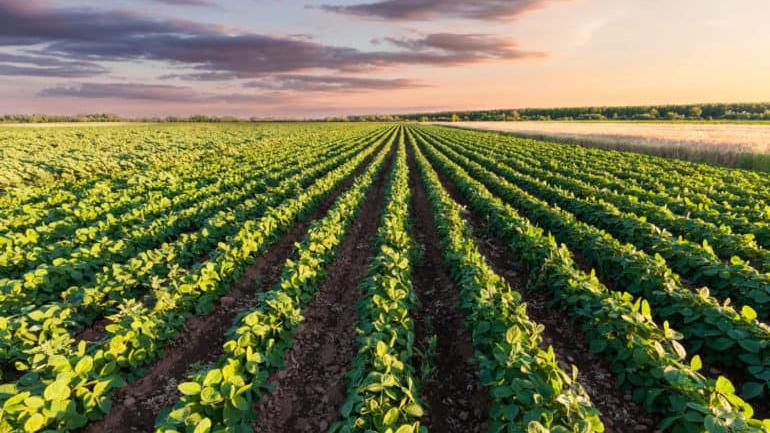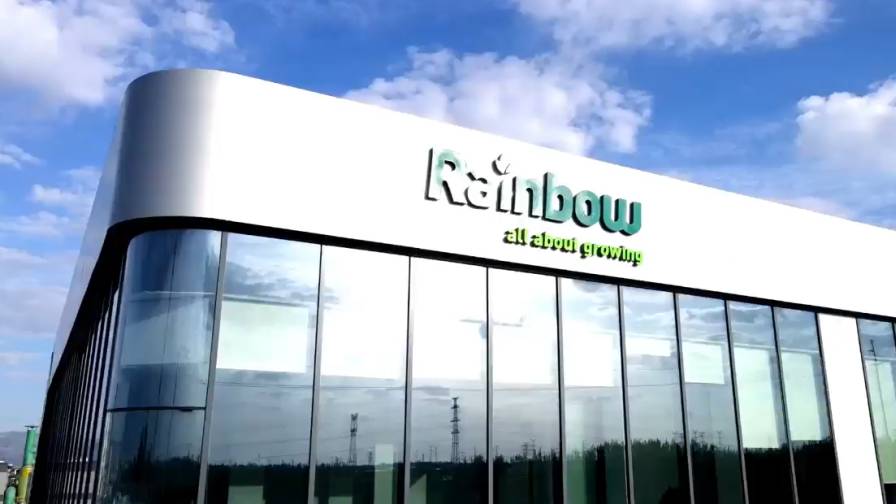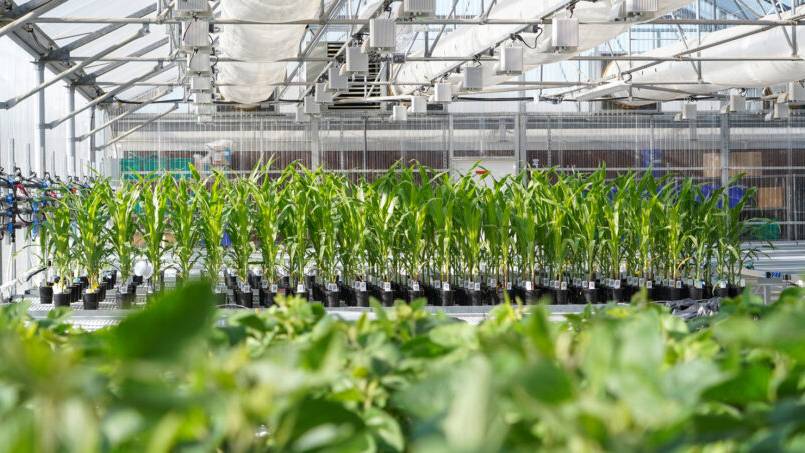Greenlight, Africa

Agriculture is the lifeblood of Sub-Saharan Africa countries and the pillar of their economies. About 60% of the population is involved in the agricultural sector, mainly through subsistence farming. However, up to 70% of the arable land on the continent is not utilized for crop production. The African Union (AU), through the new partnership for Africa’s development (NEPAD), has identified agricultural development as a key focus. Through the Comprehensive Africa Agricultural Programme (CAAP), African heads of state pledged to allocate 10% of their national budget toward agricultural development programs. To date, Malawi, Ethiopia, Burkina Faso, Niger, Senegal and Ghana have surpassed this target.
Government spending related to agrochemicals is picking up, with countries such as Malawi, Zambia and Mali all increasing their spending in the sector primarily through the implementation of input subsidy programs. These provide poor farmers with affordable fertilizers and improved seeds to grow staple foods. The combined agrochemicals market, through subsidy programs in Malawi, Mali and Zambia, was valued at more than 280,000 million tonnes of fertilizers or $144 million. This trend is set to continue as more Sub-Saharan African countries also adopt input subsidy programs.
African agriculture is undoubtedly expected to witness substantial growth rates through greater public and private investments in farming projects, leading to greater fertilizer consumption. Also, the number of countries in Sub-Saharan Africa subsidizing fertilizers is expected to rise. As a region, demand for fertilizer is expected to grow 4% per year through 2015, although with significant variation between countries.
FCI: What is it like for agricultural producers to obtain financing, compared to a year ago?
There is currently a strong emphasis by African governments to develop the agricultural sector on the continent, either through increased government investments and spending into the sector, private initiatives and/or public-private partnerships to finance agricultural development. Innovative initiatives – such as the Agricultural Guarantee Fund Scheme, which is a partnership between Standard Bank (Africa’s largest bank), the Alliance for a Green Revolution in Africa (AGRA), OPEC Fund for International Development (OFID), Kilimo Trust, Millennium Challenge Account (MCA) and Millennium Development Authority (MiDA) – has created an innovative fund amounting to $100 million for lending.
The fund is primarily targeting up to 750,000 small-scale farmers and small and medium-size enterprises in Mozambique, Tanzania, Uganda and Ghana. Such initiatives are set to continue and may prove to be the preferred and more viable channel through which agricultural producers are able to access finance – especially small-scale farmers in Africa.
FCI: How much is the European debt crisis affecting lending availability in the region?
Lending availability in the region, by African banks, forms a small portion of their lending portfolio (approximately 1%). As a result, the European debt crisis alone would not have a significant impact on the lending availability of banks to commercial agricultural producers.
Similarly, lending availability through the aforementioned fund is unlikely to be affected, simply because such funds are structured in a way that the risks incurred by commercial banks – in this case Standard Bank – are cushioned by third parties, such as AGRA, OPEC, Kilimo trust, MCA, etc.
FCI: How likely are African borrowers to repay loans?
Many banks still view African agriculture as “high risk,” due to the fact that African agriculture is dominated by smallholder farmers. One of the impediments facing these small-scale farmers is that they are not in a position to provide traditional securities. The lack of useable guarantee, combined with production, climate and price risk factors, also result in agricultural finance falling outside of the traditional balance sheet lending approach.
In terms of commercial agricultural farming, many farmers are facing financial difficulties due to increased production costs and stable product prices. In this environment, the likely scenario is that some agricultural producers are set to prosper, especially large-scale farming producers, and would still be able to meet their debt obligations. However, other farmers would have to scale up their production to make sufficient revenue to pay back their loans or face the prospect of going out of business.
For more information, please visit www.frost.com.





